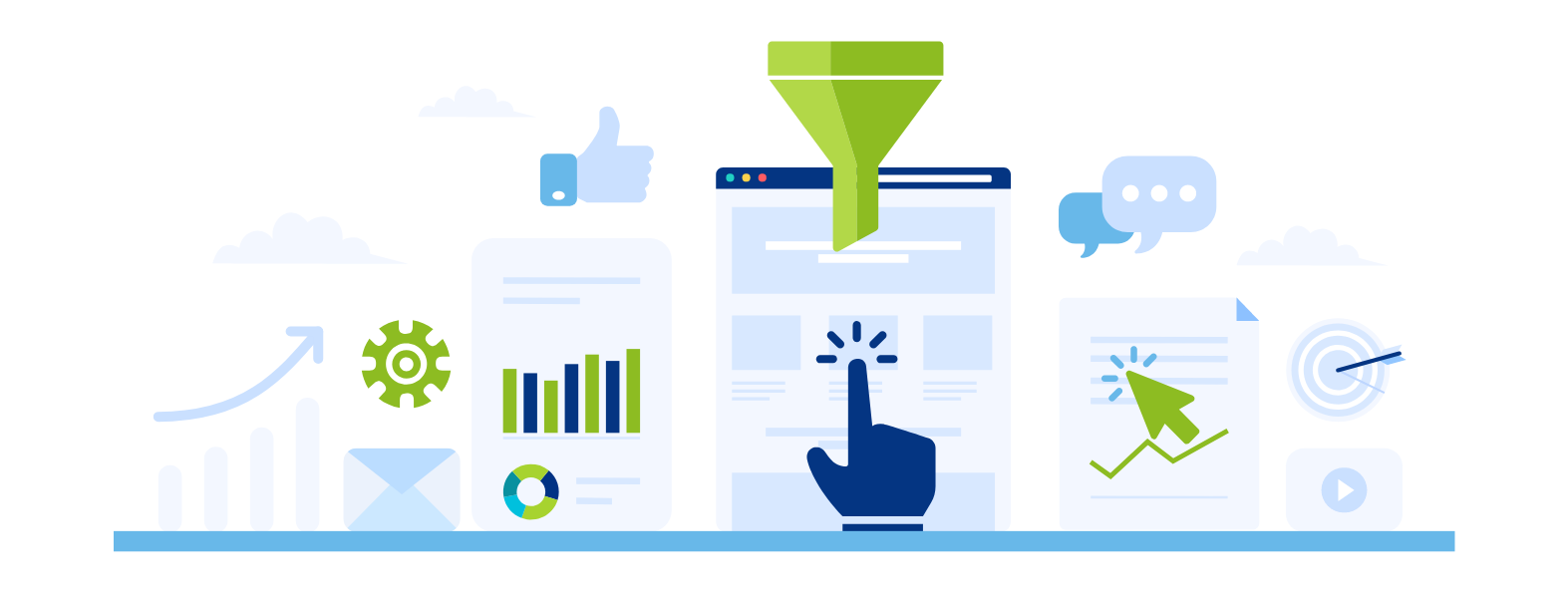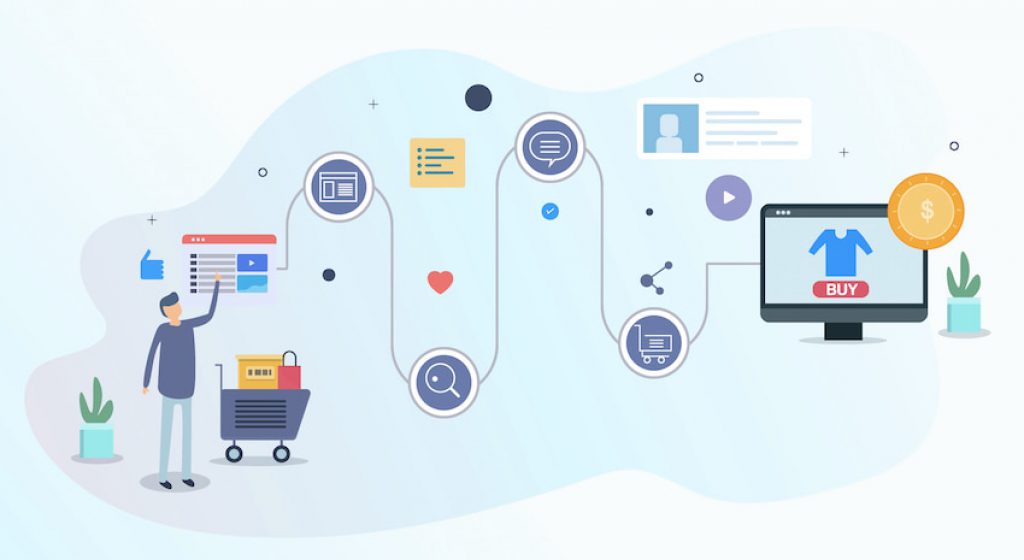
So, you’ve built an awesome-looking website to promote your business and attract new customers. Chances are you’ve also developed robust content marketing and search engine optimization strategies to attract website traffic. You’ve even started noticing a gradual spike in traffic on your Google Analytics dashboard.
But despite the surge of incoming traffic, your website isn’t yielding any conversions and sales. You scrutinize your website in an attempt to find potential performance, usability, or navigation issues that could impact the conversion rates. You even start publishing more high-quality content on your blog and social media profiles to attract more traffic.
After all, if more people visit your website, it’s going to increase the likelihood of conversions too, right?
Table of Contents
Qualified Website Traffic: Understanding the Concept

img source: born2invest.com
Here’s the thing – your website’s conversion rate and ROI won’t skyrocket unless it attracts the right traffic. What’s the right traffic for a website, you ask? In simple terms, it refers to people who are actively searching for your product/service or brand on the internet.
While there are various factors that affect your website’s conversion rates, the quality of website traffic plays a key role. If your website attracts thousands of random people who don’t have an urgent need for your product/service/content, they’ll exit without taking the desired action.
Or you might be targeting the wrong demographic altogether. If your product or content isn’t relevant to your website visitors, they won’t convert into leads or paying customers. That’s why the first step of amplifying conversion rates and sales on your website is to drive qualified traffic.
Even if you hire a reputed web development and marketing agency, such as Lounge Lizard, you must have a clear idea of the type of website visitors you want to target. You should have a deep understanding of their needs, goals, ambitions, and pain points. Also, you should identify their online behavior and purchase history.
In this blog, we’ll discuss a few techniques to target qualified website traffic that’ll convert into paying customers. Let’s take a look.
1. Know the Buyer’s Journey

img source: workana.com
It’s crucial to understand that your target consumers are at different stages of the purchase cycle. While some people might be actively hunting solutions to resolve a problem, others are looking for valuable information on the subject.
If you want to target qualified website traffic, the first step is to understand the needs, preferences, and pain points of audience segments in different stages of the buyer’s journey. Simply put, the buyer’s journey is a framework that outlines the various stages a consumer goes through before they’re ready to make a purchase.
It involves the following stages:
- Awareness
- Consideration
- Decision
Consumers in the awareness stage are looking for answers to a specific question. Their main objective is to gain more information about a product or topic before they can understand their pain points.
On the other hand, people in the consideration stage have already identified their problem and are looking for the best solutions to resolve it. They’re likely weighing various product options. Once they reach the decision stage, they’re almost ready to purchase your product.
2. Outline Buyer Personas

img source: imarketing.rs
Now that you know what your target consumers want throughout the buyer’s journey, you need to create distinct buyer personas for each stage. It’s worth mentioning here that, in every stage, your target demographic will comprise different audience segments.
You need to develop individual buyer personas for every segment. Think of it as an all-in-one representation of your ideal customer. Delve into specific details, such as their preferred social media platforms and communications channels. Also, list their likes, dislikes, pain points, and goals.
Monitor social media comments, brand mentions, and tags to understand what your audience expects from you. You could also conduct audience polls on Twitter and Instagram for a deeper insight into their preferences. Other audience research tools, such as online surveys and questionnaires, will also come in handy here.
3. Optimize Your Keyword Research

img source: blogsaays.co
If you’ve built a website, you’re going to leverage SEO to skyrocket organic website traffic. But your SEO strategy will yield conversions and revenue only when you target the right keywords. This, in turn, involves building a rock-solid keyword research strategy.
Start by listing the core terms or generic keywords associated with your industry/niche. Next, run a Google search for these core terms to identify more specific keyword variations. You can also use various keyword research tools, such as SEMrush and Google Keyword Planner, to identify high-traffic keywords in your niche.
Also, keep an eye on the keywords your competitors are targeting to boost their organic website traffic. Once you’ve shortlisted a few potential keywords, the next step is to understand whether these terms or phrases are relevant to your audience.
Also, identify the search intent behind the keywords to understand what kind of information your audience is looking for.
For instance, when someone searches “vegan meat substitutes”, they could be looking for one of the following things:
- Ready-to-eat products that they can buy online
- Useful recipes they can try at home
Type a specific keyword into the Google search bar and analyze the topmost organic listings. It’ll give you an idea of the search intent associated with the keyword. You should only target a keyword if its search intent aligns with your goals.
4. Build a Conversion-Focused Content Strategy
The content you publish on your website plays a key role in attracting and retaining qualified traffic. That’s why you need to develop a content strategy that provides value to your target audience and converts them into customers.
If you’ve selected relevant and meaningful keywords, this step should be relatively easier. Identify topics and themes that’ll harness your audience’s pain points. Outline a content calendar and make sure you promote your content across the right channels.
A high influx of website visitors isn’t going to sustain your business unless you can drive the right conversions. Start by identifying your target demographic segments and choose keywords with the relevant search intent. Thereafter, publish insightful and high-quality content with meaningful calls-to-actions.
What digital marketing strategies are you using to increase website traffic? Share your suggestions in the comments section below.
If you wish to learn how to streamline content publishing, click here.








